Revision Notes: Structure of Chromosomes, Cell Cycle and Cell Division | Science for Grade 6 PDF Download
| Table of contents |

|
| Introduction |

|
| Meiosis |

|
| Meiosis I |

|
| Meiosis II |

|
| Comparison between Mitosis and Meiosis |

|
| Structure of Chromosomes |

|
| Structure of DNA |

|
| Formation of New DNA |

|
Introduction

Cell division is the process through which a mature cell divides to form daughter cells that share several characteristics with the parent cell.
There are two main types of cell division:
- Mitosis
- Meiosis
Phases of Cell Cycle
The cell cycle comprises a lengthy non-dividing phase called interphase and a brief dividing phase known as the mitotic phase or M phase.
1. Interphase
- During interphase, cells increase in size and volume while preparing for the next round of division. Since interphase is a non-dividing phase, it is often referred to as the resting phase.
- Interphase is further divided into three sub-phases:
- (a) First Growth Phase (G1): The cell grows and carries out normal metabolic activities.
- (b) Synthetic Phase (S): The cell duplicates its DNA in preparation for division.
- (c) Second Growth Phase (G2): The cell continues to grow and prepares for mitosis.
2. Mitosis
- Mitosis is the process by which somatic cells divide to produce two identical daughter cells from a single parent cell. It is also called equational division or somatic cell division because the daughter cells receive an equal number of chromosomes, and the division occurs in body cells.
- Mitosis consists of two main processes:
- (a) Karyokinesis: The division of the nucleus during cell division.
- (b) Cytokinesis: The division of the cytoplasm during cell division.
Karyokinesis occurs in four phases:
A. Karyokinesis
1. Prophase
- Chromatin fibers condense, and thick chromosomes become visible.
- The nucleolus and nuclear membrane disappear.
- A pair of centrioles duplicates.
- The spindle apparatus begins to form.
2. Metaphase
- Chromosomes are arranged on the metaphase plate or equatorial plane.
3. Anaphase
- The centromere divides, and sister chromatids separate from each other.
- Spindle fibers contract and pull chromatids towards opposite poles.
4. Telophase
- The spindle apparatus disappears.
- Chromosomes become thin and revert to chromatin fibers.
- Nuclear membranes and nucleoli reappear.
B. Cytokinesis
- In animal cells, the furrow deepens, dividing the cytoplasm and forming two new daughter cells.
- In plant cells, a cell plate forms at the equatorial plane, leading to the division of the cytoplasm.
Importance of Mitosis
- Growth: Mitosis is essential for the growth of organisms, allowing them to increase in size and develop.
- Repair: It plays a crucial role in repairing damaged and wounded tissues, ensuring the body can heal itself.
- Replacement: Mitosis is responsible for replacing old or worn-out cells as part of normal body functioning, maintaining the health and efficiency of tissues.
Meiosis
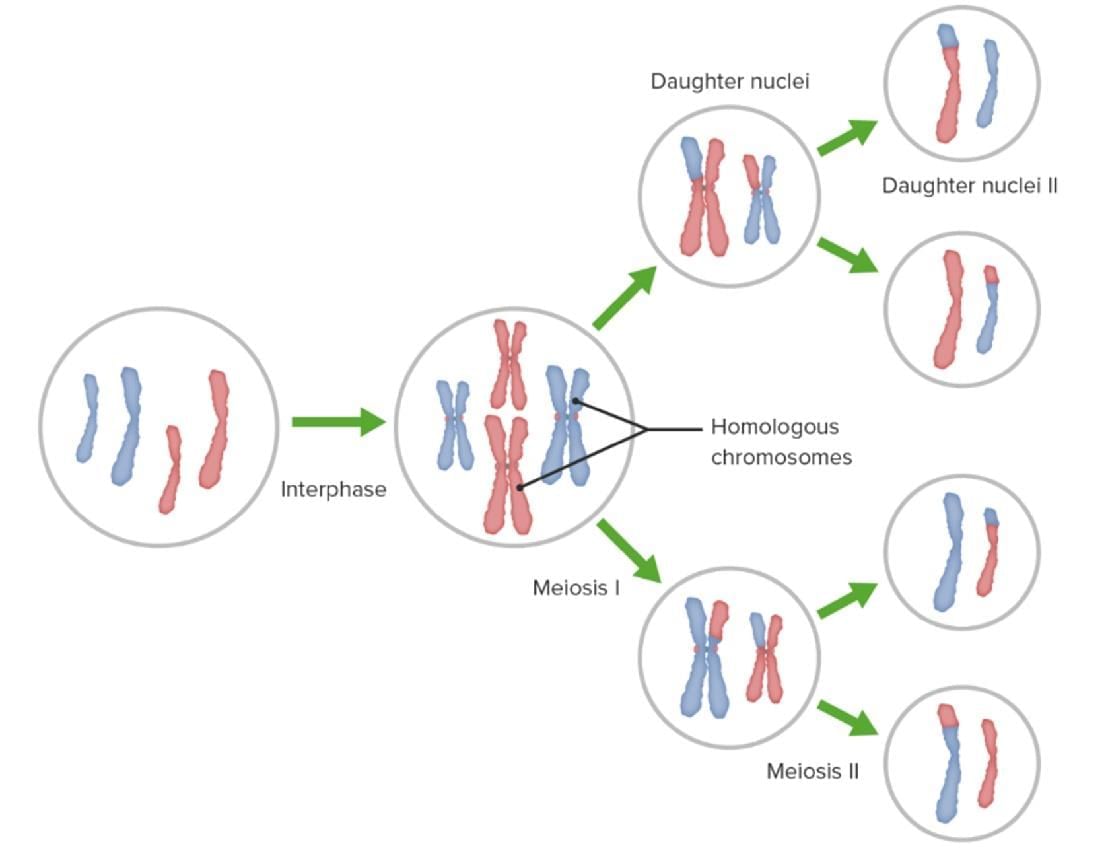
Meiosis is a type of cell division where each daughter cell receives half a set of chromosomes, resulting in haploid daughter cells (n) being formed from a diploid parent cell (2n). This process is also known as reductional division because it reduces the chromosome number by half. Meiosis involves two successive divisions: meiosis I and meiosis II.
Meiosis I
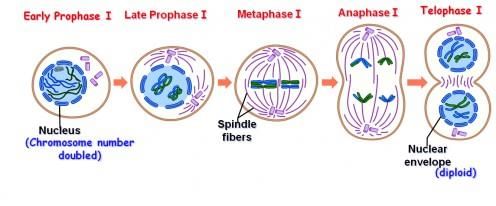
Meiosis I is a reduction division where the chromosome number is halved. It consists of four phases:
- Prophase I: This is the longest phase and is further divided into five sub-stages:
a. Leptotene or Leptonema: The chromatin network condenses, and centrioles duplicate.
b. Zygotene or Zygonema: Homologous chromosomes begin to pair up.
c. Pachytene or Pachynema: Chromosomes remain paired at points called chiasmata, and crossing over occurs.
d. Diplotene or Diplonema: Homologous chromosomes start to repel each other, except at the chiasmata.
e. Diakinesis: The nuclear membrane and nucleolus disappear, and spindle fiber formation begins. - Metaphase I: Homologous chromosomes are arranged at the equatorial plane of the cell.
- Anaphase I: Homologous chromosomes, after crossing over, start moving to opposite poles of the cell.
- Telophase I: The nuclear membrane and nucleoli reappear, completing the first division of meiosis.
Meiosis II
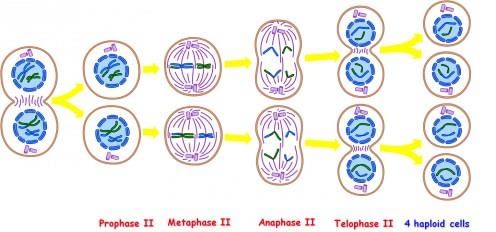
Meiosis II is similar to mitotic division in its process.
Importance of Meiosis
- Restores the original number of chromosomes, resulting in a diploid (2n) state.
- Introduces genetic variation in the offspring.
- Provides a foundation for evolutionary processes.
Comparison between Mitosis and Meiosis
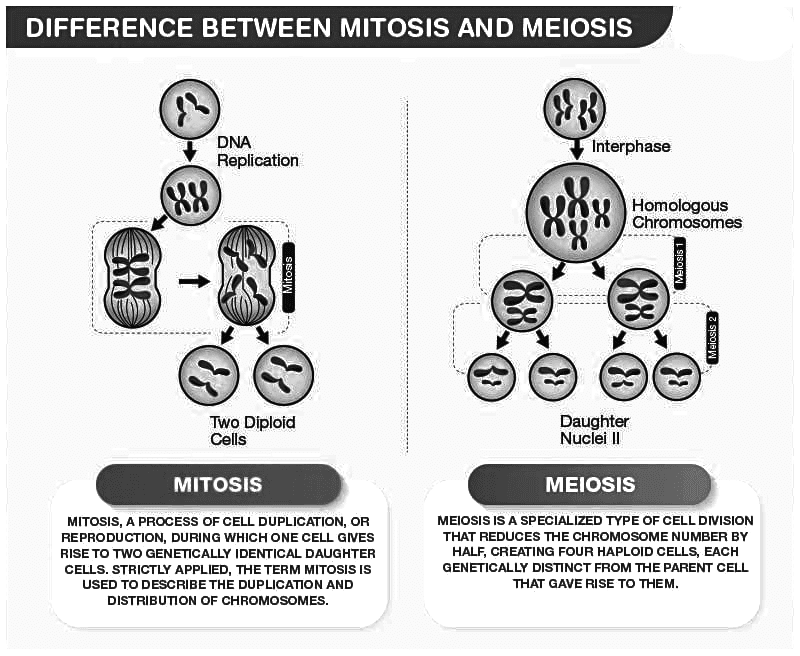
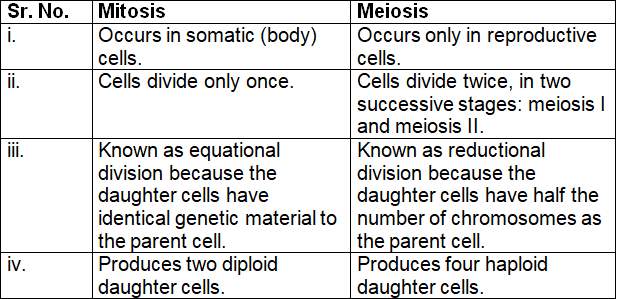
Structure of Chromosomes
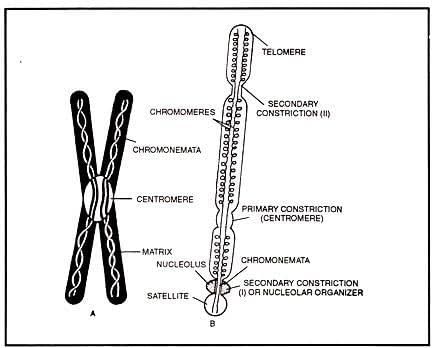
Chromosomes are essential for heredity, variation, and the evolutionary development of species. They were first discovered by the German scientist Walther Fleming in 1882.
Each chromosome contains a centromere, which holds together two sister chromatids. Depending on the position of the centromere, chromosomes can be classified into four morphological types.
Based on function, there are two types of chromosomes in the human body:
- Autosomes: These are non-sex chromosomes.
- Heterosomes or Allosomes: These are sex chromosomes responsible for determining sex.
Chromatin is made up of DNA and histones. The DNA strand winds around a core of eight histone molecules, forming a complex known as a nucleosome.
Structure of DNA
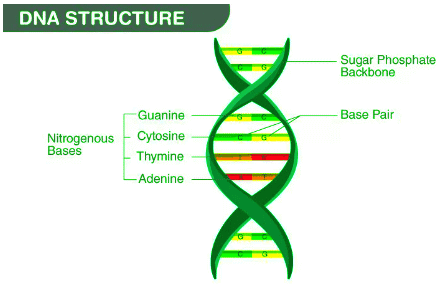
DNA is a large molecule made up of two strands that are twisted around each other. These strands are complementary, meaning that the information on one strand corresponds to the information on the other.
A nucleotide, which is the basic building block of DNA, consists of three parts: a phosphate group, a deoxyribose sugar, and a nitrogenous base.
There are four types of nitrogenous bases in DNA: Adenine (A), Cytosine (C), Thymine (T), and Guanine (G).
Formation of New DNA
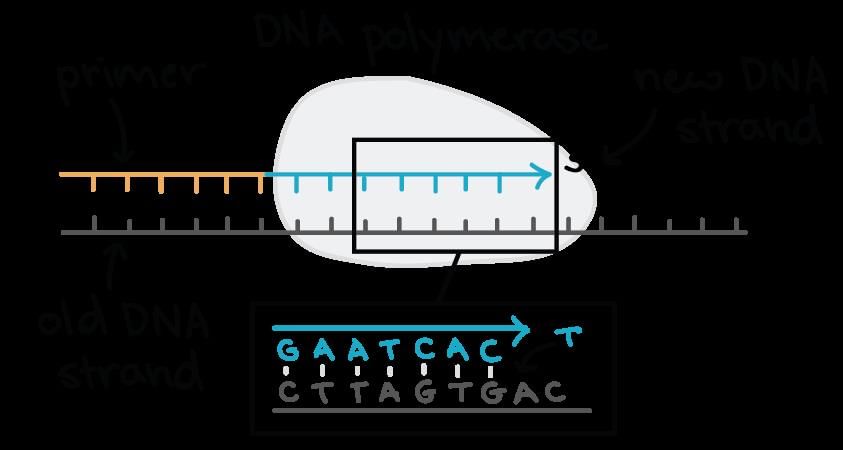
DNA replication is the process by which new DNA is formed.
|
124 docs|8 tests
|
FAQs on Revision Notes: Structure of Chromosomes, Cell Cycle and Cell Division - Science for Grade 6
| 1. What are the stages of meiosis and their significance in genetic diversity? |  |
| 2. What happens during Leptotene and why is it important? |  |
| 3. How does crossing over occur during Pachytene, and what is its role? |  |
| 4. What occurs during Anaphase I of meiosis? |  |
| 5. What is the significance of Telophase I in the context of meiosis? |  |




















